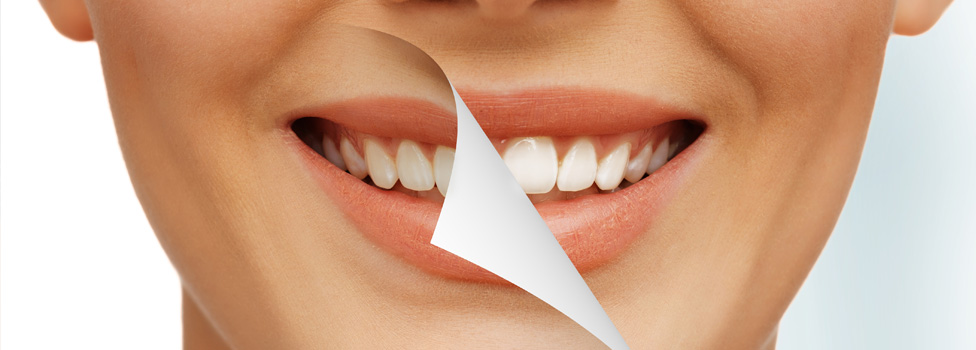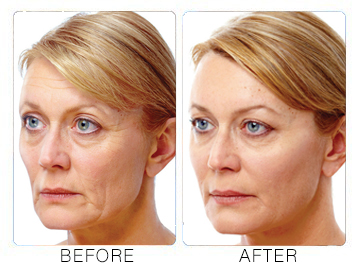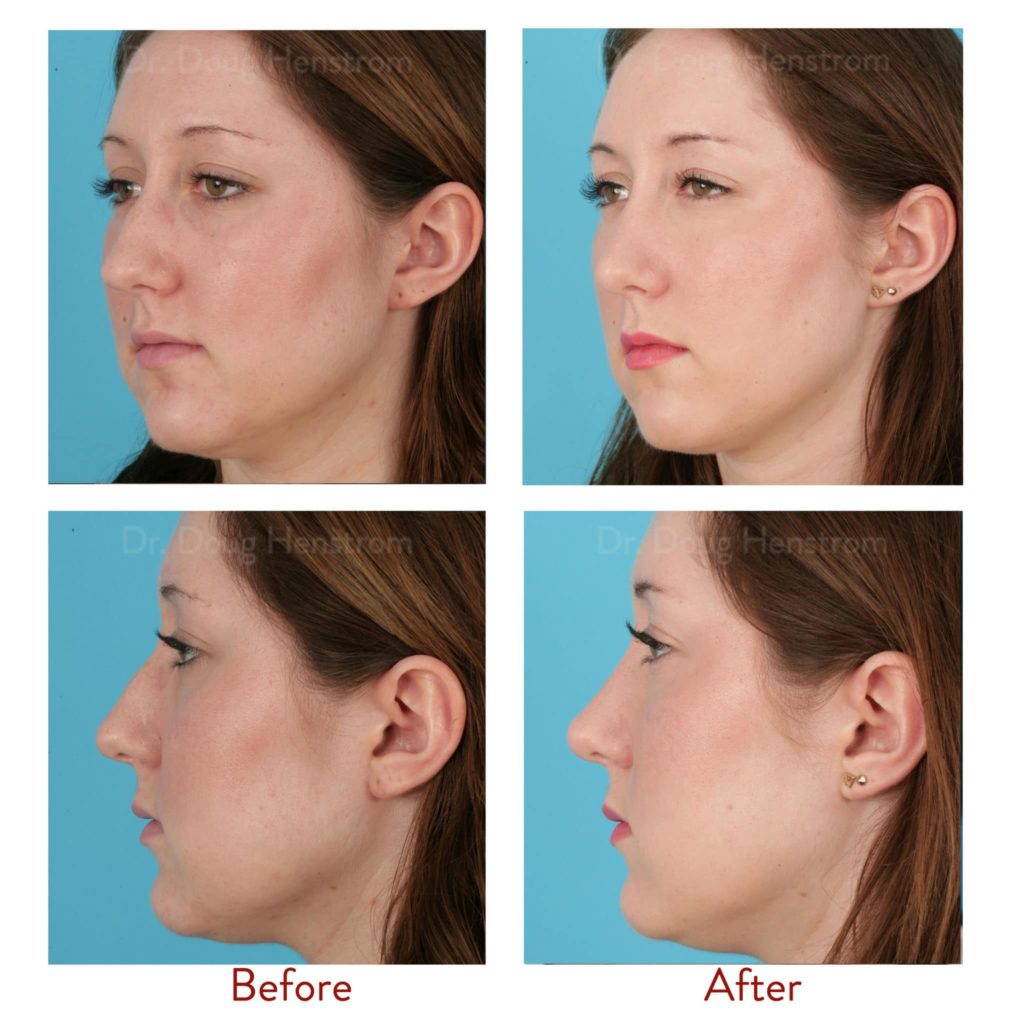
Botox for wrinkles below the eyes is an anti aging treatment that can reduce wrinkles and fine lines around the eye area. Botox has been shown to be effective in certain instances but is not always an effective treatment. Let's explore the procedure and see what its benefits and disadvantages are. Since we all want to appear younger, we'll look at all our options.
Dermal fillers
Although fillers can be injected under the eyes by a cosmetic surgeon, side effects may occur. Side effects of dermal Fillers are usually minor and temporary. Some people may experience itching, redness and bruising. Some people may experience prolonged swelling, but this is rare. Ice packs and other treatments are usually prescribed by doctors to reduce pain or discomfort.
Unlike traditional surgeries, dermal fillers are lightweight and provide natural results. The area to be treated will feel smooth and normal, so facial expressions and movements won't be affected. In addition, the results are subtle, so the patient won't look like they've had a cosmetic procedure. The best option for you if your appearance is important to you is dermal fillers. They are an excellent choice for treating sunken eyes and tear troughs, as they're easy to remove with an enzyme known as hyaluronidase.

Laser resurfacing
During your first consultation, your aesthetician will go over all the available procedures for wrinkles around your eyes. Laser treatments may be necessary depending on the nature of your problem. Chemical peels can be effective for superficial under eye wrinkles, as they remove the top layer of skin to reveal a smoother surface. Laser resurfacing on the other hand can improve pigmentation, fine lines, and skin texture. A single laser treatment can usually improve superficial wrinkles. But deeper wrinkles may require multiple sessions.
Patients are asked not to use sticky dressings during the procedure. The procedure takes about 30 minutes per eyes. Patients are encouraged to remove makeup or any other facial cosmetics. To remove the skin layers, the treatment uses pulses laser energy. Laser treatment is very painless, and patients can quickly return to their usual routines. Afterward, the skin may feel a little warmer, but that should subside within a few hours.
Chemical peels
There are many chemical peels to remove wrinkles around the eyes. Most chemical peels for this area contain alpha hydroxy acid, a naturally occurring fruit sugar acid. It helps to remove the outer layer of damaged skin and stimulate healthy cell regeneration. This process also promotes the production of collagen, which fights wrinkles and fine lines. Afterward, the skin feels moisturised and appears firmer.
Certain chemical peels can cause scarring on the skin. Some people are more vulnerable to this effect. However, these scars are usually easily treatable. If you have ever had an outbreak of herpes, tell your dermatologist before the procedure. You may be able prescribe medication to lower the chance of cold sores recurring. You should inform your doctor if there are keloids. But infections are very rare.

Surgery
Rachel Nazarian, a New York dermatologist and clinical professor at Mount Sinai Hospital, tells patients to be aware of the precautions before undergoing Botox for wrinkles under the eyes. Among these precautions is abstaining from alcohol and blood-thinning medications. These medications include Advil, Aleve, and aspirin. Supplements that contain fish oil or turmeric may also be included. These supplements can increase the likelihood of bruising. They may also be contraindicated to under-eye Botox treatments.
Botox injections below the eyes can cost a lot. The cost of one session could range from $200 to $800. Others might charge per treatment area. Botox treatment for cosmetic purposes is not covered under insurance. Although this cosmetic procedure is very popular, no one knows if it will be effective for all wrinkles. Botox can be a temporary solution for wrinkles around your eyes that is cost-effective and affordable.